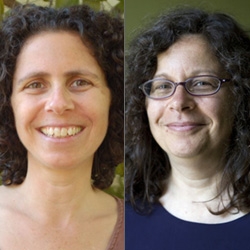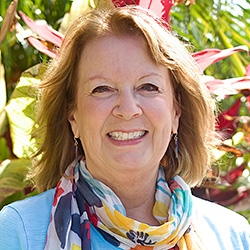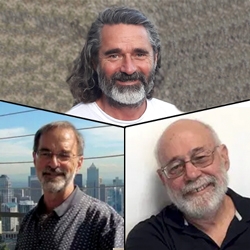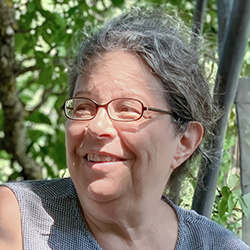

NVC Resources on Mediation
-
Explore compassionate ways to handle volatile counseling situations in dialogue form.
-
NVC practice is based on several key assumptions and intentions. When we live based on these assumptions and intentions, self-connection and connection with others become increasingly possible and easy, helping us contribute to a world where everyone’s needs are attended to peacefully.
-
Trainer Tip: Asking for support may feel awkward and uncomfortable. In these moments, we may forget that everyone needs support. We may also forget that there may be many options available to us, even if what's available isn't our preferred source of support.
-
Veteran Trainer Sylvia Haskvitz provides an in-depth discussion of NVC empathy.
-
Raj Gil offers tools and dialogue to help you respond to anger with awareness & care in the moment.
-
Transform your meeting facilitation with sociocratic tools like circle meetings and more.
-
Learn Somatic Self-Empathy to manage yourself with clarity and compassion.
-
Our brains often quickly categorizes things as good, bad, right, or wrong and then determines who’s to blame or praise. Maybe this supports the illusion of order and predictability, thus provides a false sense of safety and reassurance. But its less effective in truly meeting our needs. By practicing "Living in the Observation," we can focus on reality, avoid unhelpful rumination, and find peace and empowerment in everyday life.
-
Ask the Trainer: Share a list of request types, examples, and a strategy for formulating them.
-
Why is it so difficult to change our patterns even when we want to, even when we experience shame or despair about them? Arnina Kashtan offers some of the common pitfalls and concrete steps to overcome them in the future.

Quick Links
Subscription Preferences
Stay In Touch!
Looking for ways to keep up with NVC Academy news, get special offers, free resources, or words of inspiration? Here are five ways to stay engaged:










